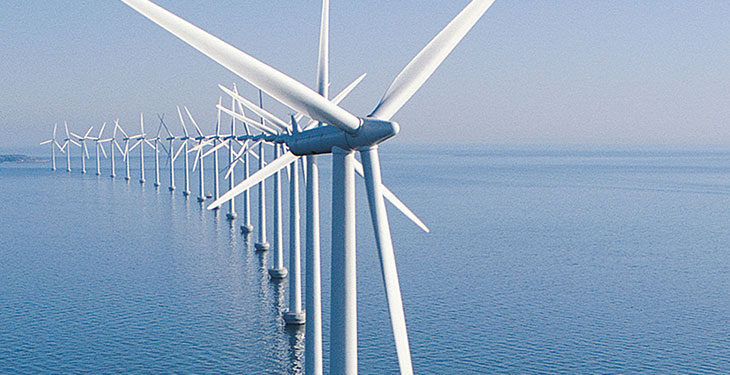The wind industry installed a record 93 GW of new capacity in 2020, a 53% year-on-year increase, demonstrating the sector’s strong resilience despite the impacts of the COVID-19 pandemic. This was the best year for onshore wind in history and the second-best year for offshore wind, according to WindEurope.
Last year 87 GW of onshore (75% from China and the US) and 6 GW of offshore wind power was installed (75% from China and the Netherlands).
Global installed wind capacity is now of 743 GW, helping the world to avoid over 1.1 billion tonnes of CO2 emissions annually – equivalent to the annual carbon emissions of South America. There is a total onshore installed capacity of 707.4 GW, and a total offshore installed capacity of 35.3 GW, says WindEurope.
The Top 5 wind markets in terms of total installed capacity are: China – 288 GW, US – 122 GW, Germany – 63 GW, India – 39 GW and Spain – 27 GW.
According to the IEA’s Net Zero 2050 Roadmap, in order to reach net zero, 390 GW of wind power must be installed each year beginning with 2030: 310 GW of onshore wind and 80 GW of offshore wind are to be installed each year.
”The ramp-up to 390 GW/year must begin now – global wind power growth must quadruple from its current levels within the next decade”, says WindEurope.
To maintain a 1.5°C warming pathway and deliver net zero emissions by the middle of the century, IRENA projects that 2,000 GW of offshore wind must be deployed (cumulative installed capacity by 2050).
